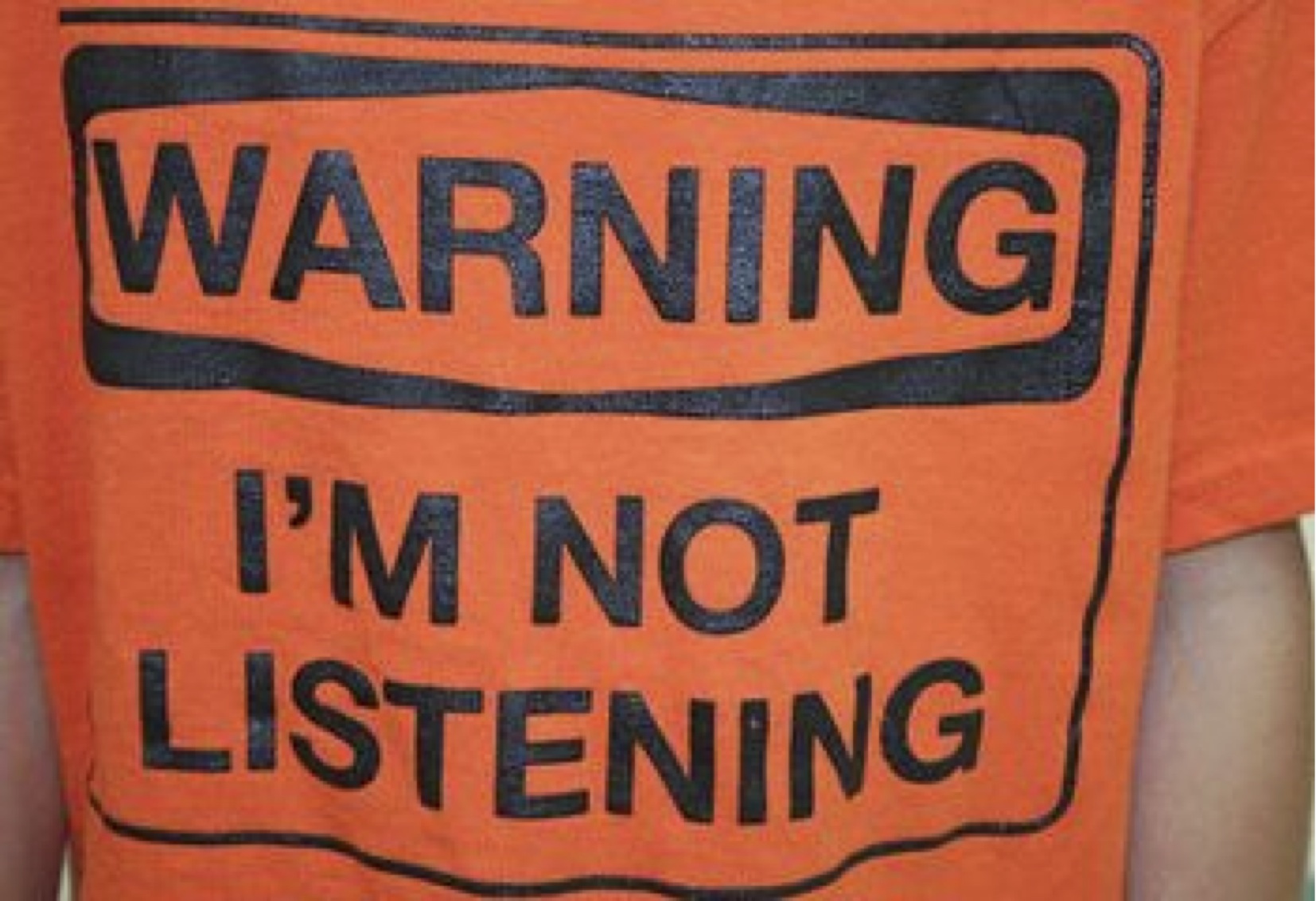As a B2B marketer based in the United Kingdom, I’m always interested in the state of marketing in the region versus the United States. Typically the assumption is that the UK is behind, but I don’t believe it’s as clear-cut as that.
To consider the topic further, I took a look at three key areas of B2B marketing – sales cuIture, adoption of technology and communications approach – to see how both sides stacked up. And to help, I asked the following panel of B2B marketing experts to comment on each area:
- Bob Apollo, CEO, Inflexion-Point Partners (strategic sales consultancy)
- Gerry Brown, Analyst, Bloor Research (IT research consultancy)
- Joel Harrison, Editorial & Content Director, B2B Marketing Magazine
- Doug Kessler, Director, Velocity Partners (content marketing agency)
- Roger Warner, Director, Beyond (digital marketing agency)
Sales Culture
One of the keys to great B2B marketing is having a strong sales culture. All of our panelists agreed that selling is more ingrained in the United States, with greater pride there in the art of selling. As Joel Harrison put it, “Sales is more open and direct … which means buyers are more open to this approach.”
This culture of selling manifests itself in external marketing too — specifically, the desire of marketers to build their own personal brand, something seen as critical by many to building any company’s social media standing. “U.S. marketers seem more willing to step out from behind the brand and build relationships personally that benefit the brand,” noted Doug Kessler. “I know the names of marketers of U.S. companies, but very few in the UK.”
However, in terms of go-to-market models, I would argue the United Kingdom is a bit further ahead. As Bob Apollo pointed out, “The UK and Europe as a whole have certainly struck me in the past as being more intelligent in their use of channel partners than some of their U.S. colleagues.”
Adoption of Technology
When it comes to marketing technology, the agreement was that UK adoption is anywhere from 12 months to 24 months behind the United States. According to Gerry Brown, “The U.S. is embracing more advanced technologies, such as website personalization, more readily and with more enthusiasm.” This reflects the fact that British executives are more cautious about new technologies, wanting to see proof before purchase.
But that said, adoption doesn’t necessarily mean advanced implementations. Apollo agreed with me that there are wider differences between the early adopters and the laggards within each economy than there are between the United States and the United Kingdom on average.
Communications Approach
The shift away from mass marketing to behavioral marketing has seen an explosion in the channels, the type of content and the engagement models used by B2B marketers. Here, both sides of the Atlantic seem evenly matched.
Roger Warner highlighted how social media is driving a new breed of UK B2B marketer, particularly in hi-tech businesses. These companies have traditionally been execution muscle for U.S. corporate offices, but are now taking more control of their local brand communications.
“They are creating fit-for-purpose content and branding programs employing more consumer marketing-like tactics, because they have established freedom,” said Warner. “The results are great. Salesforce is a super example.”
There was also a definite consensus on the style of communications. The U.S. market is seen as more comfortable with a tone of voice that is “chummy,” “off-hand” and “informal,” as opposed to the United Kingdom, which tends to “business-focused,” “restrained” and “functional.”
Conclusions
In summary, the two regions seem to have more in common than different. Most of the experts agreed there wasn’t a huge gap between the two regions and that it’s not about the U.S. versus the UK. As Doug Kessler neatly put it, “There are good and bad B2B marketers on both sides of the Atlantic. The good have more in common with their good colleagues across the ocean than they do with the bad in their own country.”
[Originally posted on the Silverpop Blog]









